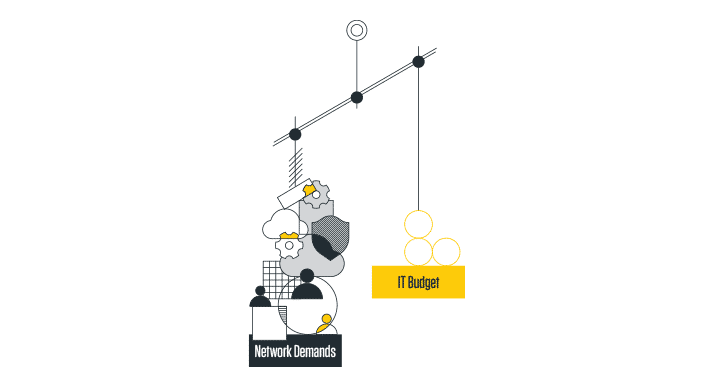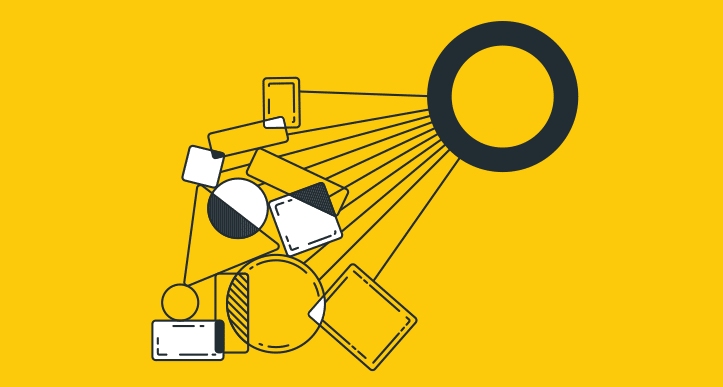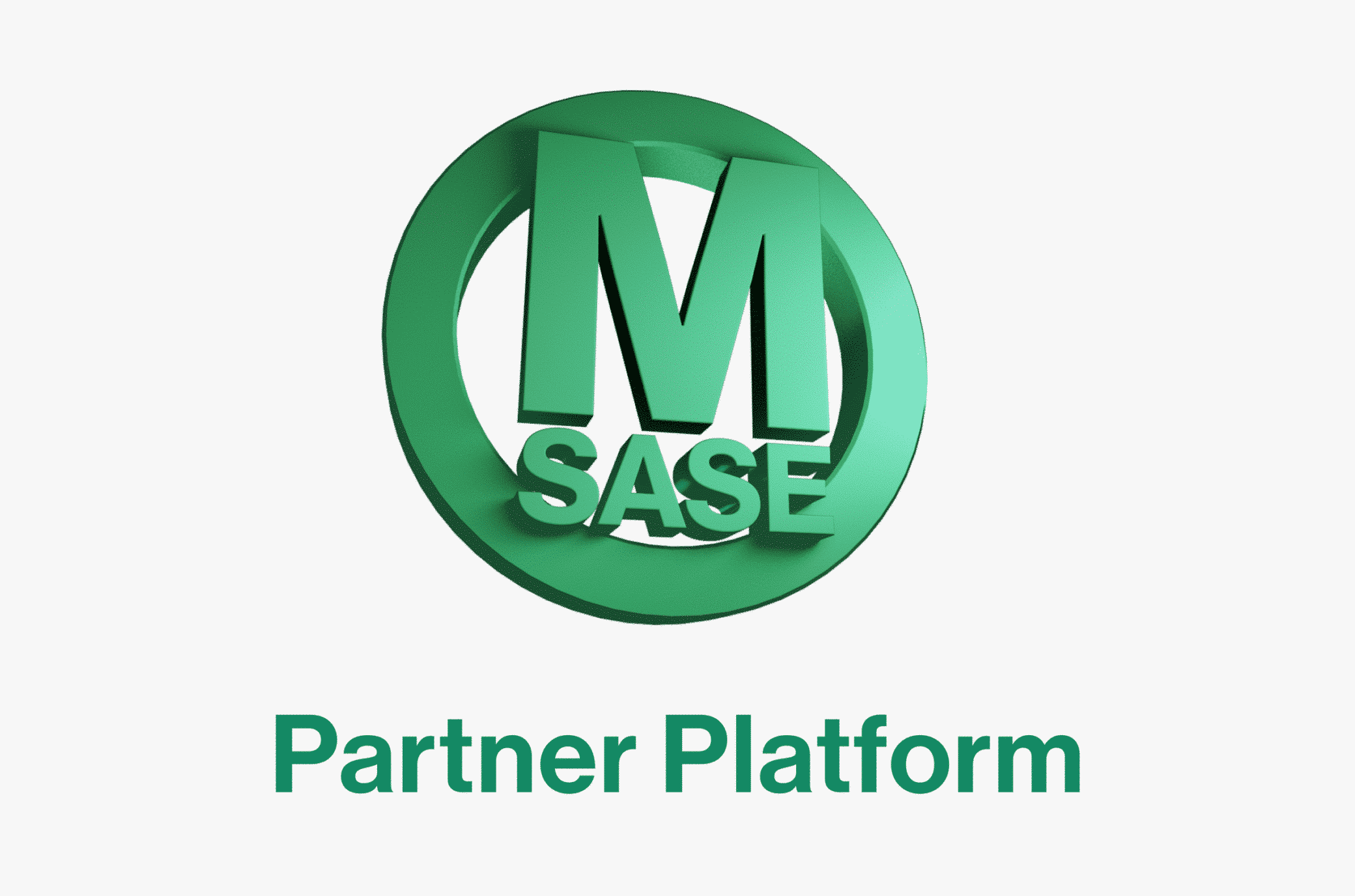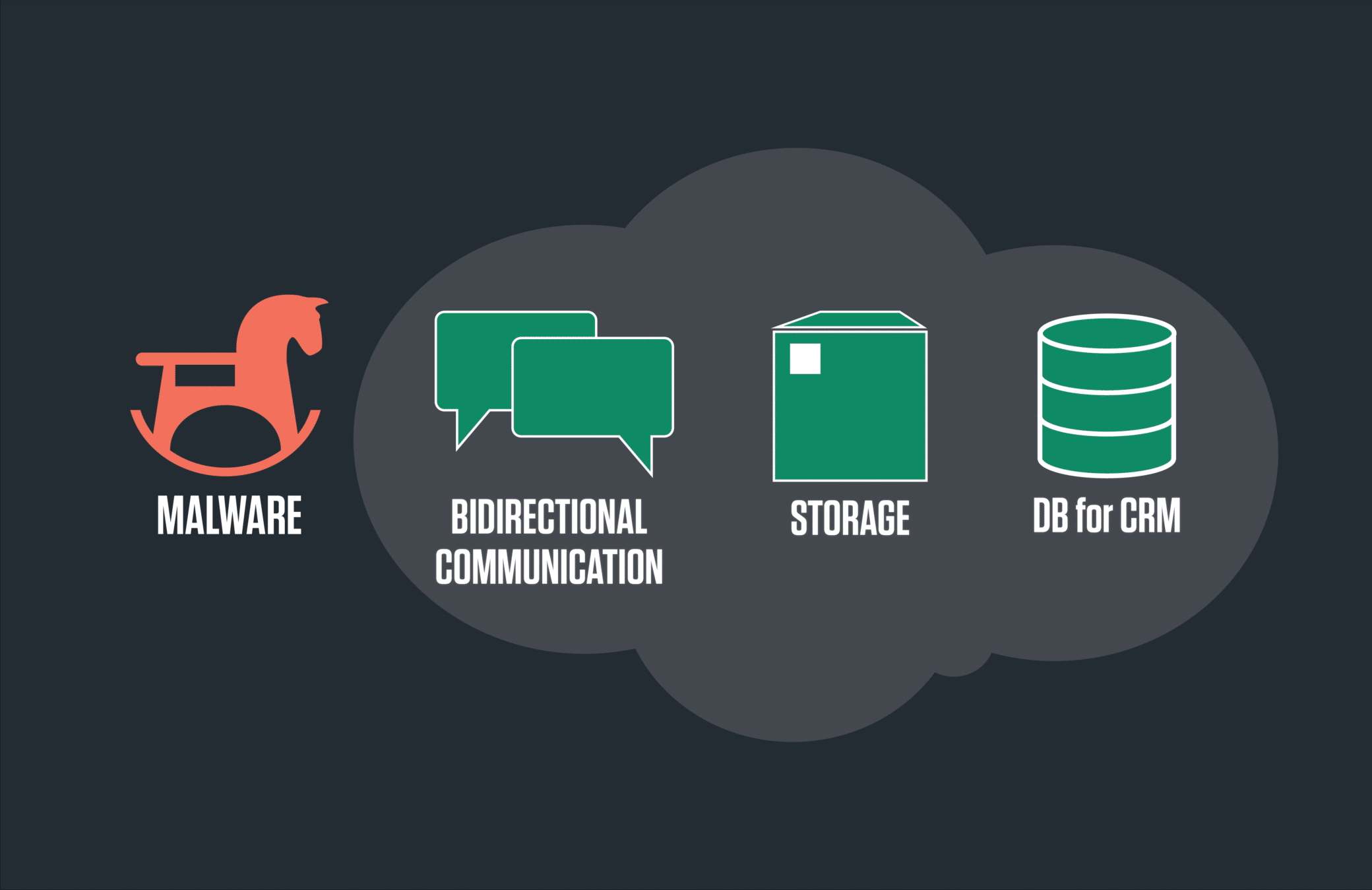The ROI of Doing Nothing: How and Why IT Teams Should Strategically Plan

|
Listen to post:
Getting your Trinity Audio player ready...
|
In today’s business climate, standing still is the kiss of death. Businesses that wish to remain competitive, increase profit margins and improve customer success need to adopt new technologies and discover new markets. To support these efforts, IT teams need to be prepared for digital change – by making a strategic leap towards a network and security architecture that enables rapid and agile digital transformation. After all, today’s point solutions that only address cloud migration, remote work or certain security threats, will only remain relevant for so long.
This blog post breaks down the considerations and requirements of strategic change, while comparing two courses of action – transforming early or waiting for the last minute – and proposes a plan for gradual adoption of SASE.
If you’d like to read a more in-depth breakdown of the process, with calculations and user testimonials, you’re welcome to view the e-book that this blog is based on.
5 Expected Network Demands in the Near Future
The first step to take when deciding how to address network changes is to understand what to expect, i.e why IT teams even need to change course. Let’s look at five network demands IT teams will probably encounter in the (very) near future.
1. Accelerated Application Migration to the Cloud
As more teams require access to applications and infrastructure in the cloud, IT teams need to find ways to manage user and service access, deal with “Shadow IT” and enforce cloud policies from legacy networks. This is essential for ensuring secure connectivity and business continuity.
2. Rising MPLS Bandwidth Costs
MPLS is expensive and eats up a large portion of IT spend. As applications generate more traffic, video and data, costs are expected to go up even more. IT teams need to find a more cost-effective replacement, or get a higher budget.
3. Connecting Remote Workers
Remote and hybrid work are expected to stay long after Covid-19. But, ensuring performance, security and user experience for WFA users with traditional remote-access VPN is mission impossible for IT teams. This requires a long-term solution that is both stable and reliable.
4. Connecting the Supply Chain
The new workforce consists of contractors, consultants and other service providers that require network access. However, connecting these outsourced suppliers also creates security threats. IT teams need to find a solution that enables external collaboration without the risk.
5. Rapid Global Expansion
Organizations are growing and expanding, both organically and through acquisitions. Many times, expansion takes place into new geographies and locations. IT teams are required to integrate new employees and users as quickly and seamlessly as possible, within hours and days, not months.

New Networking Demands Create New Organizational Challenges
Now that we’ve listed these network challenges, let’s understand what they mean for IT teams, on an organizational level.
- Upgrades and Replacements for Hardware Appliances – More users and traffic mean more required network bandwidth. Once existing appliances reach their limit, they will need to be updated, which is both expensive and time-consuming.
- Increased Cost of Human Resources – Securing and managing applications and services requires human talent and time. This means training, hiring or off-loading to a third party.
- The Telco Headache – Managing a relationship with a Telco can be frustrating and cause major overhead. As needs grow, it will become even more difficult to find the right person who will take responsibility, answer tickets and respond to requests in a timely manner.
The Solution: Build a Digital Strategy and Act On It
With so many complicated networking challenges around the horizon, the question isn’t whether to transform, only when. To answer this question, it’s important to have a strategy in place. This strategy will allow you to address future challenges with ease and expertise, while eliminating headaches. Let’s look at two ways to build and act on a digital strategy.
The Cost of Acting Now vs. Acting Later
Businesses today face two options. For simplicity, let’s divide them into two stages: 1 and 2.

Stage 1 businesses are those that spend a significant, yet manageable, amount of their budget on MPLS. On the contrary, stage 2 companies spend an extremely large amount of money on MPLS, as new locations and workers that need to connect cloud applications and locations are added to the network.
IT teams can transform technologically when businesses are either in stage 1 or stage 2. By transforming early, problems of digital transformation can be easily avoided. Instead of putting out fires, stage 1 companies have time to plan, think through issues and devise a strategy for today and tomorrow’s requirements.
Stage 2 companies, on the other hand, are in the worst position to make a transition. This is because the money, resources and time spent on legacy solutions will determine how much money, resources and time they will have for new challenges, impacting the success and ROI of the new solution. Putting out fires is the worst reason to make a strategic decision.
The SASE Solution To Rapid Digital Transformation
According to Gartner, “Current network strategy architectures were designed with the enterprise data center as the focal point for access needs. Digital business has driven new IT architectures like cloud and edge computing and work-from-anywhere initiatives, which have in turn, inverted access requirements, with more users, devices, applications, services and data located outside of an enterprise than inside. The Covid-19 pandemic accelerated these trends.”
The industry has rallied around Gartner’s SASE (Secure Access Service Edge) architecture as the best solution to meet the challenges introduced by cloud, mobility and other dynamic shifting network traffic (which we described above).
This is because SASE provides:
- Cloud-native connectivity
- Worldwide access
- Secure access
- High performance
- Access to any resource, including cloud applications and the Internet
- A broad range of capabilities – NGFW, IPS, MDR and more
- Scalability, without rigid constraints

5 Steps to SASE Adoption:
Think Strategically While Acting Gradually
We’ve determined that the current network is the problem and that SASE is the solution. This begs the question, how can IT teams adopt SASE without disrupting the business?
SASE can be adopted gradually and grow incrementally as current MPLS contracts expire. Here are the five steps to take to enable digital transformation and prepare your network for “whatever’s next”:
- Step 1: No Change – Deploy SD-WAN devices to connect certain sites to MPLS and the Internet. The rest of the network and MPLS connections remain unmodified.
- Step 2: Complement MPLS – Deploy SASE where MPLS is unavailable or too expensive, to improve connectivity to WAN applications.
- Step 3: Introduce Security – Deploy functions like NGFW, Web gateways IPS, anti-malware, zero trust as existing applications meet end-of-life or can’t scale, or to new edges.
- Step 4: Optimize Datacenter Access – Implement advanced routing to benefit SaaS applications instead of having them rely on the Internet, which is erratic.
- Step 5: Connect Remote Users – Bring mobile and WFA users to the SASE cloud for optimized performance with ZTNA, while removing VPNs, servers, and other devices.

Conclusion: Time to Spring Into Action
Act now. You can start with a plan, a partial transition or testing, but don’t wait. By doing so, you will prevent:
- High MPLS costs
- Management overhead of siloed appliances and external services
- Skyrocketing costs of complex MPLS networks
- Constrained resources when MPLS costs rise
- IT challenges to support network and security complexity
- Slow and bulky networks that can’t meet digital transformation requirements
- Low ROI following network and digital transformation
To learn more about the considerations and see a breakdown of transition costs and savings, access the ebook The ROI of Doing Nothing. To see how organizations can save money and achieve more than 200% ROI with Cato SASE Cloud, read the Forrester TEI (Total Economic Impact) Report.















